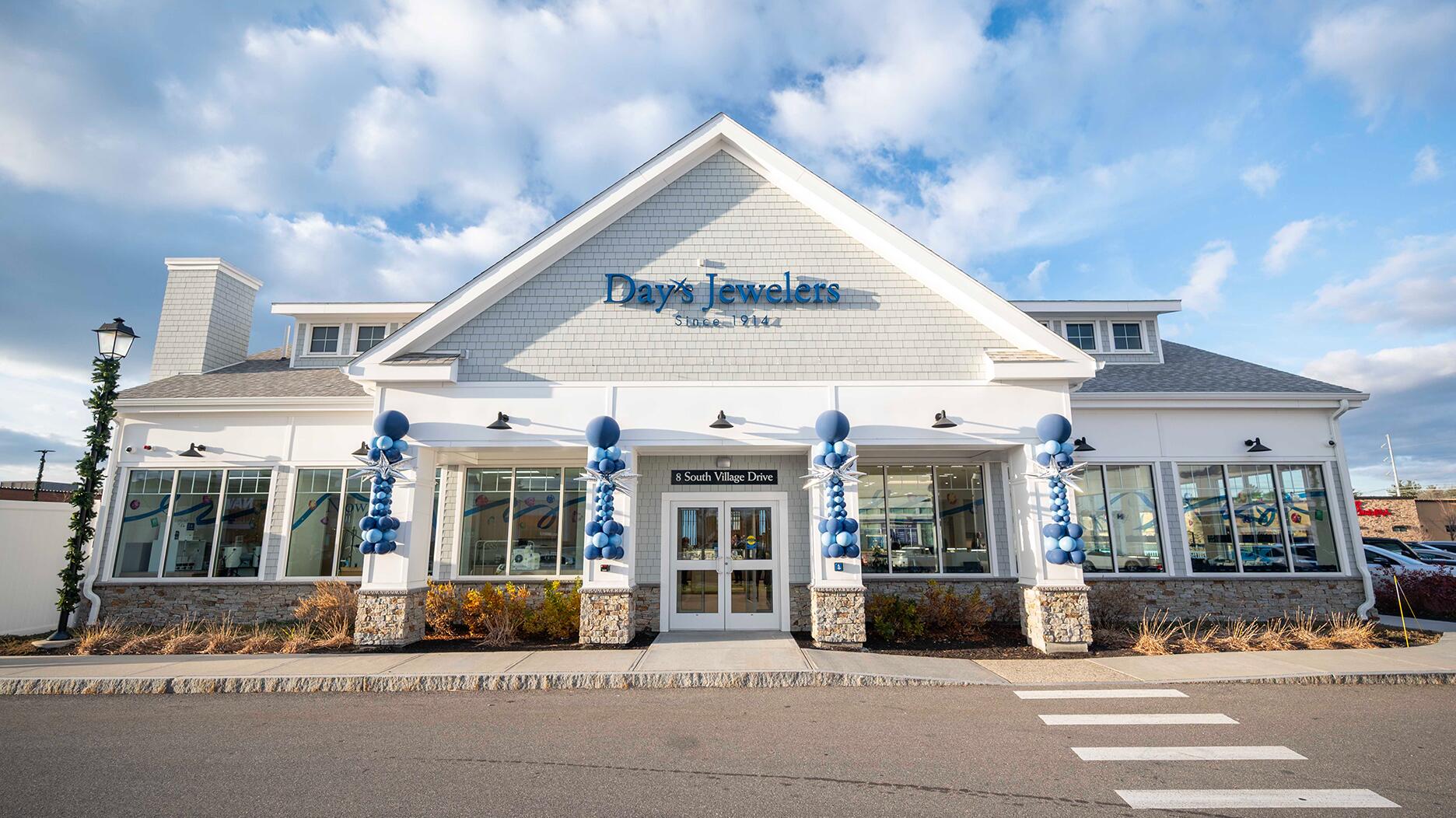The couple pleaded guilty to concealing at least $127 million in cash transactions at its precious metals businesses.
Jewelry Business Closures Climb 34% in Q1
A number of different factors are influencing the trend and it’s not expected to reverse course anytime soon.
Warwick, R.I.--The number of companies exiting the jewelry industry continues to climb due to a number of different factors, and the trend is not expected to reverse course anytime soon.
Data released this week by the Jewelers Board of Trade shows that in the United States and Canada, a total of 335 businesses ceased operations in the first quarter 2016, compared with 250 in the first quarter 2015. That’s a 34 percent increase.
Closings among manufacturers drove up the first quarter percentage increase as they more than doubled, from 15 in the first quarter 2015 to 34 this year.
The number of wholesalers ceasing operations rose from 38 to 46, a 21 percent year-over-year increase, while the number of retailers closing climbed from 250 to 255.
“The factors are in place for there to be fewer stores, for that pace to pretty much continue as it is.” --Anthony Capuano, JBT presidentThere also was a jump in the number of consolidations (sales/mergers), which rose from 28 in Q1 2015 to 53 in the first quarter this year, an 89 percent jump.
In an interview with National Jeweler on Monday, former JBT President Dione Kenyon, who will continue with JBT on a part-time basis through the summer, said the same factors that have been contributing to business closings since they began to spike in 2014 continue to do so today.
Among them are the retirement of baby boomer-aged store owners; competition from online sellers; and consumers with less discretionary income and more choices.
Both Kenyon and JBT’s new president, Anthony Capuano, agreed that the trend will continue for the foreseeable future.
Addressing specifically the closing of retail stores, which increased 29 percent in the first quarter, Capuano noted that the aging ownership of the family-owned independent jewelers and the shift to online retailing, “aren’t going to go away overnight.”
“The factors are in place for there to be fewer stores, for that pace to pretty much continue as it is,” he said.
Despite the continually climbing closures, Kenyon pointed out that there are bright spots in the industry, jewelers who have embraced technology and/or began thinking outside the box who are doing well.
There are also certain product categories that appear to have a head of steam among consumers.
According to statistics just released by De Beers, U.S. diamond jewelry sales grew 4 percent year-over-year in
It’s also worth noting that independent jewelers aren’t the only brick-and-mortar retailers closing their doors.
Department store chains, for example, have been forced to shutter hundreds of stores--most recently, Sears announced it would be closing 78 additional locations--and according to The Wall Street Journal, even more are needed.
The WSJ cited a report from Green Street Advisors stating that six of the U.S.’s largest department store chains need to shutter a total of 820 stores among them in order to get back to the same level of profitability they enjoyed a decade ago.
The Latest

Consumers shared concerns about prices, inflation, tariffs, trade, and politics in the survey’s write-in response section.

In February 2026, the auction house will move its headquarters to the former Steinway Hall, a neoclassical landmark on Billionaires’ Row.

How Jewelers of America’s 20 Under 40 are leading to ensure a brighter future for the jewelry industry.

The new show will take place Jan. 23-25, 2026.


The former BHP Billiton leader and Gemfields chairman is remembered for his influential leadership throughout his 50-year mining career.

The LVMH-owned brand has partnered with the costume design union to revamp its award for 2026.

Roseco’s 704-page catalog showcases new lab-grown diamonds, findings, tools & more—available in print or interactive digital editions.

The luxury titan inked a deal to acquire an initial minority stake in the jewelry manufacturer with a pathway to full ownership by 2032.

The company’s curation of unsigned vintage and estate jewelry debuted at the Bloomingdale’s in Costa Mesa, California.

In the recent multi-shipment seizure, CBP also found counterfeit Audemars Piguet, Moncler, and Chrome Hearts items.

Helzberg’s Chief Retail Officer Mitch Maggart shared details about its tests of a new store concept rooted in an elevated luxury experience.

Jewelers of America execs and National Jeweler editors discuss tariffs, the sky-high gold price, and the engagement that broke the internet.

The luxury goods company said founder Ippolita Rostagno will remain at the brand’s helm.

Laura Burdese, who joined the Italian luxury brand in 2022, will take on the role in July.

The National Jeweler editors revisit the most noteworthy industry happenings and design trends from 2025.

Need a gift for the cat lover who has everything? Look no further than our latest Piece of the Week.

It purchased the “Grosse Pièce,” an ultra-complicated Audemars Piguet pocket watch from the ‘20s, for a record-breaking price at Sotheby’s.

The lab-grown diamond grower now offers custom engagement and fashion jewelry through its Kira Custom Lab Jewelry service.

Chandler got his start at Michelson Jewelers and has served as DCA president and CEO since 2001. He will retire at the end of the month.

The boutique is slated to open this week inside Terminal 8, offering pre-owned Rolex watches and more to international travelers.

Sponsored by Digital Monitoring Products

The special-edition egg pendant ingested in a New Zealand jewelry store was recovered after a six-day wait.

Associate Editor Natalie Francisco plays favorites with Piece of the Week, selecting a standout piece of jewelry from each month of 2025.

The “Love and Desire” campaign is inspired by the magic that follows when one’s heart leads the way, said the brand.

Two awardees will receive free tuition for an educational course at the Swiss lab, with flights and lodging included.

Berta de Pablos-Barbier will replace Alexander Lacik at the start of January, two months earlier than expected.


























